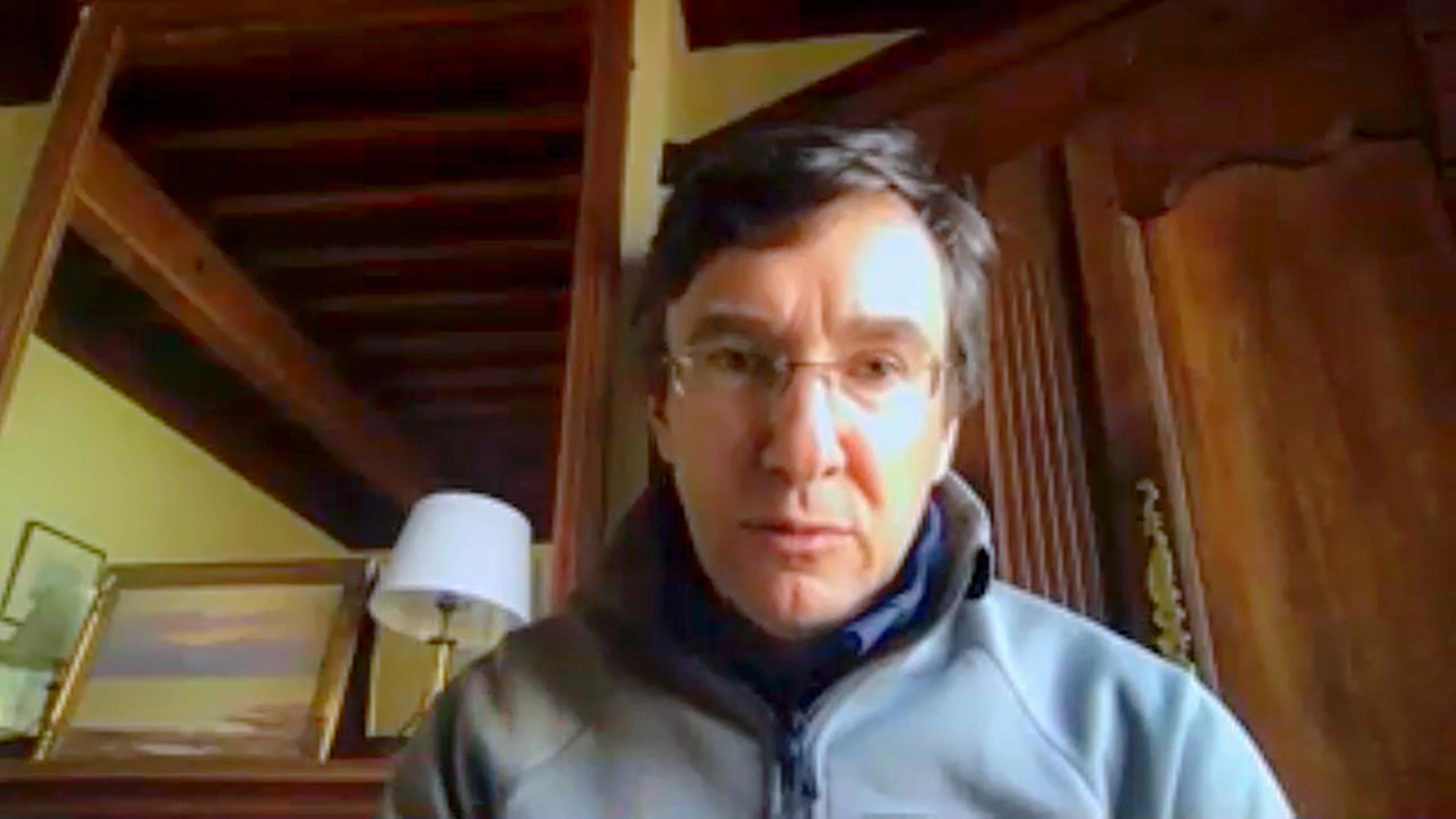
Defining Brand Equity
Former Managing Director at RIMOWA and Goyard
inpractise.com/articles/defining-luxury-brand-equity
Why is this interview interesting?
- The importance of limiting accessibility to improve brand equity
Clement Brunet-Moret
Former Managing Director at RIMOWA and Goyard
Interview Transcript
What does that word, brand equity, mean to you?
Obviously, brand equity is your desire to own a product of the brand and the value that you put on that brand name or that product. There are many beautiful products and, I think, the strongest equity that you can think of in the market are well-known. Rolex, for example, has one of the strongest brand equities. Chanel, one of the very strong brand equities. Hermès and so on. These top brands have developed, for themselves, a positioning in the market, a value, either the customers that are really up there and people tend to portray Hermès as really top luxury, and are good, no matter what they do. Those years of strategy, years of development, years of investment, in terms of retail, advertising, fashion shows, for some of these brands, in order to build that aura, around the brand, to make it the most desirable brand.
What people and customers always want are things that they cannot get. The most successful products are the ones that are not available. There are many examples of products that, when they finally become available, they are less successful. I was talking about Rolex – I call it the Rolex Daytona effect. It’s a beautiful chronograph, but it’s a very simple chronograph. It has no added function, versus most of its competitors on the market and, very often, less functions than most of its competitors in the market. But yet, it was, it still is, a very desirable product. Why? Because it’s not available. Because you want to be able to say that you have one. The same works for the Hermès Birkin bag. Exactly the same.
These brands have carefully managed the shortage, or the perceived shortage, of these products, in order to make them highly desirable and their brands, therefore, are the leaders. That’s a key element of, I would say, a different stage of the life cycle of a luxury brand. At some point in time, you need to have that star product, that is really highly desired and that you carefully manage the lack of. You need to have enough, to sustain the market a bit. If you have zero, it doesn’t work. But if you have too many, you need to carefully manage the desire of the product.
You’ve got to have great patience, as a brand owner, in those early days then, to reduce the accessibility to your brand. It’s like a complete paradox, in that sense?
Clearly. I briefly mentioned earlier, but one of the mistakes that brands make, is to try and open too quickly and to try to expand too quickly. When they see that certain levers are sparked, that that fashion show had a very good review, that there were strong sales after the fashion show – oh, we can open 15 stores. Where it could work for some fashion brands, it usually has a negative effect, in terms of overall brand equity.
The brands that I mentioned earlier, the Rolexes, the Chanels, the Hermès and the Goyards, what they have in common is that they are very conservative, in terms of distribution. They have really taken a conservative approach to opening new stores, to creating new maisons and renovating stores and so on. For the luxury industry, I know that a lot of investors, particularly, want to go fast and to have good rates of return on their investment. But it takes time. I think the brands that give themselves time are the most successful ones.
There are some examples of very quick success. The Supremes, the Off-Whites and so on. But they are very young brands, so far. In five years, I don’t know if they will still be there. The ones that are successful and are still at the top of their games, are the ones that took the time and they thought to carefully look at their distribution and expansion.
Copyright Notice
This document may not be reproduced, distributed, or transmitted in any form or by any means including resale of any part, unauthorised distribution to a third party or other electronic methods, without the prior written permission of IP 1 Ltd.
IP 1 Ltd, trading as In Practise (herein referred to as "IP") is a company registered in England and Wales and is not a registered investment advisor or broker-dealer, and is not licensed nor qualified to provide investment advice.
In Practise reserves all copyright, intellectual and other property rights in the Content. The information published in this transcript (“Content”) is for information purposes only and should not be used as the sole basis for making any investment decision. Information provided by IP is to be used as an educational tool and nothing in this Content shall be construed as an offer, recommendation or solicitation regarding any financial product, service or management of investments or securities.
© 2026 IP 1 Ltd. All rights reserved.


